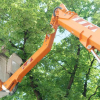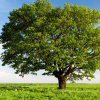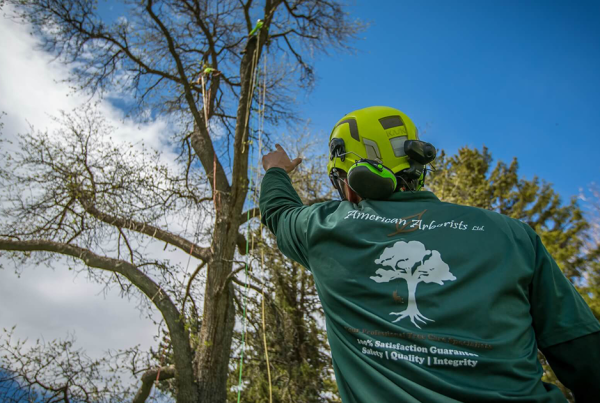
There’s no doubt that trees add beauty and value to any residential property. They improve air quality and provide shade from the afternoon sun. When planted in the right location, trees can even help reduce our home’s energy consumption.
Unfortunately, trees can also be a source of neighborhood conflicts. Untrimmed branches hanging over a neighbor’s fence blocking their view, fruits falling onto the neighbor’s yard, roots causing damage to your fence and your property, and heavy canopy disrupting satellite TV reception or blocking solar panels; these are just a few of the common issues that may arise between two neighbors, because of one innocuous tree.
What To Do When A Conflict Arises
There are laws put in place to address various disputes involving trees and neighbors, but the best practice when dealing with this kind of problem is to keep a cool head. Remember the saying “Cooler heads prevail”? That should be practiced in conflicts like this. The following are some of the most frequently asked questions (FAQ) about neighbor conflicts involving trees:
What should I do if a tree that’s on my neighbor’s side of the fence looks like it’s going to fall over my property?
Despite having slight deviations in real estate laws among different states, there are a few that remain consistent.
- One of them is this: the property owner is responsible for the trees and any other plant life that grow on their land. So it is the duty of the property owner to ensure the safety of the tree.
If faced with this problem, your first move is to talk to your neighbor. If the tree requires professional service in order to ensure its safety, the property owner should shoulder the expenses. If it’s the other way around and you’re the owner of the property where the tree stands, you should make sure that your tree is healthy and well-maintained to avoid any potential accidents.
Does my neighbor have the right to trim my tree if the limbs and branches hang over his property?
Yes, he does. As long as he cuts only the parts of the tree that goes over to his own side of the fence, he can do so without having to ask for your permission. But there’s a catch.
- An individual is only allowed to trim a neighbor’s tree up to the property line. He may not enter the neighbor’s property to trim or destroy the tree.
If you want to trim overhanging branches of your neighbor’s tree, it is always best to ask for permission out of respect, even though you don’t really need it. Just to keep things civilized, don’t you agree?
So what about fruits that hang over my property or fruits that have fallen on my yard, can I eat them?
Here’s the deal, the fruit of a tree belongs to the owner of the property where the tree stands, regardless of which side of the fence the branch with the fruit is hanging over. So don’t pick any of the fruits that hang over your property.
As for the fallen fruits, the courts are still divided on that one. You may want to check your local laws before you start picking up your neighbor’s fruits that fall on your property.
What if a storm knocked down a huge limb from my neighbor’s tree, damaging my property? Would he be liable for the damages?
This will depend on whether or not your neighbor took reasonable care of his tree and regularly inspects and maintains it. The court will most probably apply a reasonable care standard to determine the case.
- If it is found that the neighbor observed reasonable care practices, he will not be liable for the damages as the accident will be deemed an Act of God.
- On the other hand, if the neighbor is found negligent, he will be responsible for the damages on your property.
When it comes to neighborhood conflicts, it is best to talk things over to try and settle the matter. Involving lawyers and suing should only be a last resort. Neighborhoods benefit greatly from beautiful and well-maintained trees. But it is the responsibility of the tree owner to keep his tree from becoming a liability for the neighborhood.









